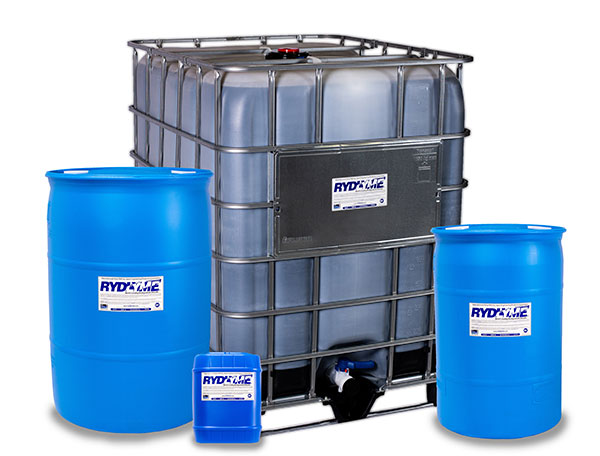Call for more information!
630-820-8888
Data Center Cooling & Maintenance
Data center cooling is a critical aspect of maintaining the optimal operating conditions for servers and IT equipment housed in data centers. The excessive heat generated by these components can lead to reduced performance, increased failure rates, and even permanent damage if not properly managed. There are several methods and technologies used for data center cooling:
Air Cooling
Air cooling is the most common method of data center cooling. It involves using air conditioning systems to circulate and cool the air within the data center. This can be achieved through:
- Air Conditioning. Large air conditioning units are placed around the data center to cool the ambient air. The cooled air is then distributed through raised floors or overhead vents. To clean aluminum finned air equipment, use RYDALL CC.
- Precision Air Conditioning (PAC). These units provide precise temperature and humidity control, ensuring that the environment remains consistent for sensitive IT equipment.
- Cold Aisle/Hot Aisle. Servers are arranged in rows, with their hot exhaust air facing each other in a “hot aisle.” Cold air is then supplied to the “cold aisle” between the server rows. This helps contain and direct hot air, improving cooling efficiency.
Liquid Cooling
Liquid cooling involves using a liquid coolant to absorb heat from IT components. There are two main types of liquid cooling:
- Immersion Cooling. Servers or entire racks are submerged in a non-conductive coolant. This method provides more efficient heat transfer compared to air cooling but requires specialized equipment and infrastructure.
- Direct-to-Chip Liquid Cooling. Coolant is brought into direct contact with individual server components, such as CPUs and GPUs, using specialized cooling systems. This method offers highly efficient heat dissipation.
Free Cooling
Free cooling takes advantage of naturally cooler outdoor air to reduce the load on mechanical cooling systems. This can involve using outside air to supplement or replace traditional air conditioning during cooler months.
Aisle Containment
Containment solutions involve using physical barriers or enclosures to separate hot and cold air streams. This prevents the mixing of hot and cold air, reducing energy consumption and improving cooling efficiency.
Chilled Water Systems
Chilled water is circulated through a system of pipes and heat exchangers to absorb and remove heat from the data center. This method is particularly effective for larger data centers. Check out some RYDLYME videos.
Evaporative Cooling
Evaporative cooling uses the natural process of water evaporation to cool the air. Water is evaporated into the air stream, absorbing heat and lowering the air temperature. This method is effective in dry and arid climates.
Heat Recovery
Heat recovery systems capture the waste heat produced by data center equipment and repurpose it for other uses, such as heating office spaces or generating hot water.
What type of cooling is used depends on things like the size of the data center, equipment density, energy efficiency, location, and budget. Many modern data centers use a combination of these methods to achieve the best balance between performance, efficiency, and environmental impact.
How are Data Centers Cleaned?
Data centers require regular cleaning and maintenance to prevent buildups that will obstruct airflow and cause overheating. There are three main areas to look at when it comes to data center cleaning and maintenance:
Airflow Management
Ensuring hot and cold aisle configurations are maintained properly to optimize airflow and cooling efficiency helps data centers run efficiently.
Equipment Temperature and Humidity
Continuously monitoring temperature and humidity levels throughout the data center is a must in the data center industry. Implementing temperature and humidity sensors to receive alerts if conditions deviate from recommended ranges lets managers know when cleaning is required.
Power Management
Monitoring power consumption and distribution to prevent overloading circuits is one of the main ways technicians can see if cleaning or maintenance is required. Regularly checking UPS (Uninterruptible Power Supply) systems, PDUs, and power cables is best practice.
RYDLYME FEATURES:
- Biodegradable
- Dissolves 2.2 lbs of scale per gallon of RYDLYME
- NSF/ANSI 60 certified
- Non-hazardous and safe for personnel


